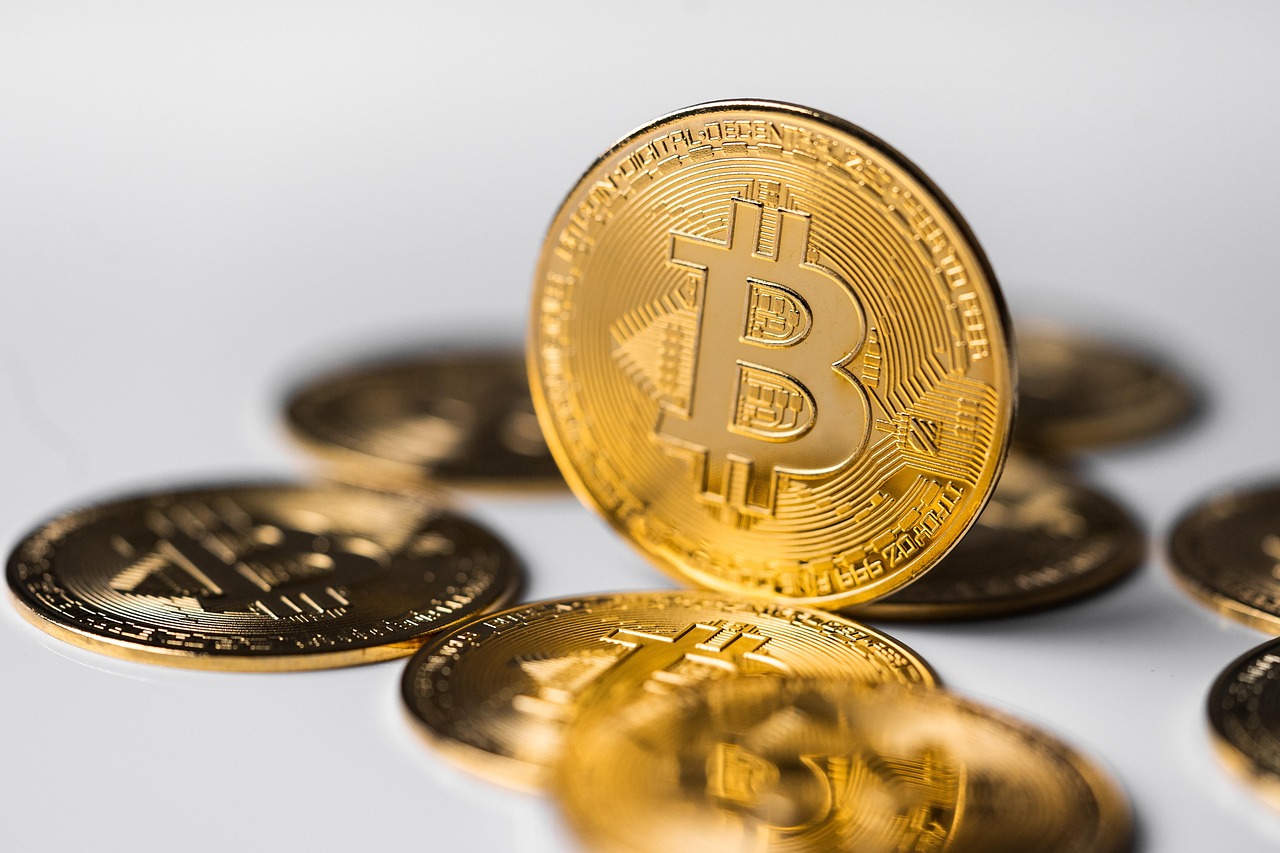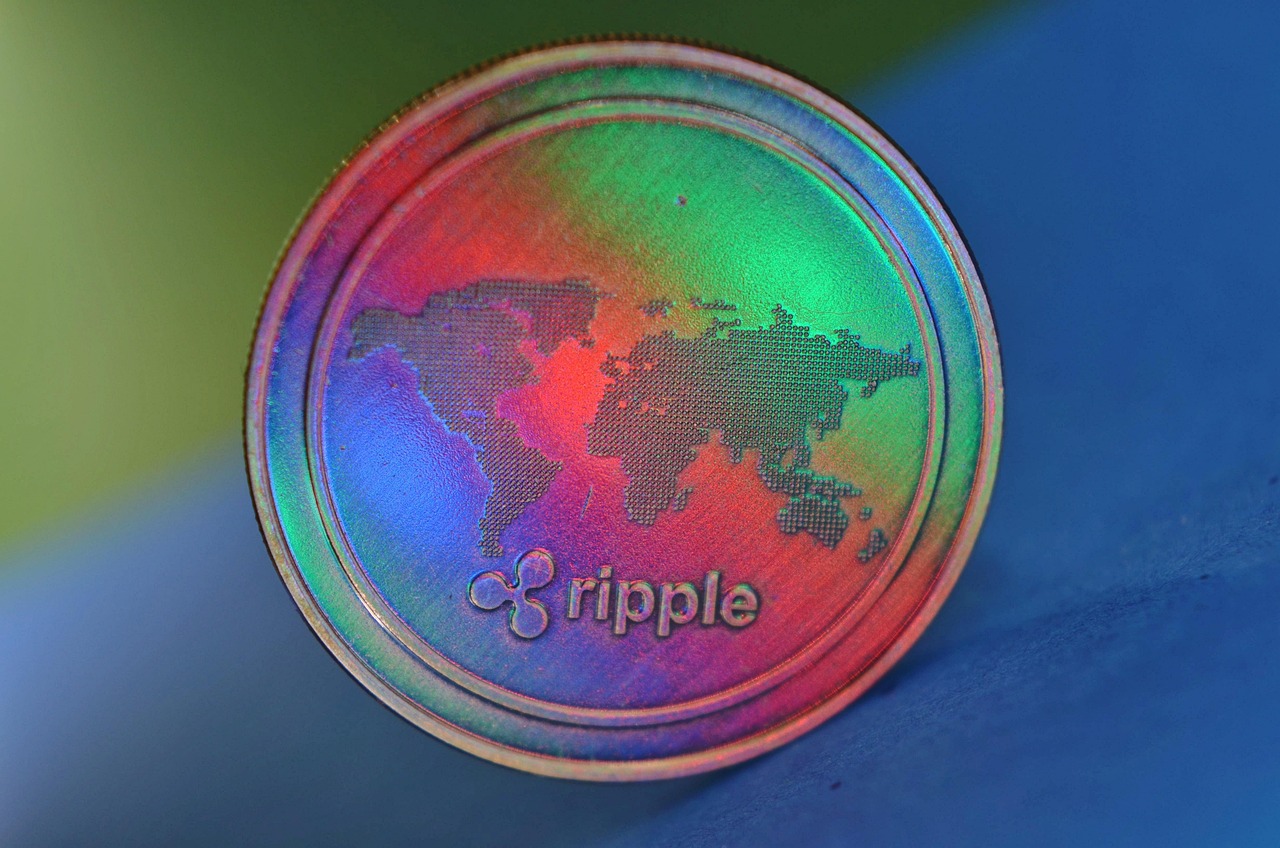Brazil’s central bank president, Gabriel Galipolo, highlighted a significant rise in cryptocurrency adoption, with stablecoins accounting for 90% of the nation’s crypto flow. Speaking at a Bank for International Settlements event in Mexico City, he attributed this growth to increased digital currency use for international purchases, complicating regulatory oversight and taxation.
Galipolo clarified that Brazil’s Drex system is not a central bank digital currency (CBDC) but a blockchain-based infrastructure aimed at improving credit markets. By leveraging distributed ledger technology (DLT), Drex facilitates wholesale interbank transactions and supports tokenized bank deposits for retail users, enhancing financial efficiency.
Additionally, he underscored the potential of payment integration across the Americas, suggesting that Brazil’s instant payment system, Pix, could serve as a bridge for cross-border transactions. With its programmable capabilities, Pix may seamlessly connect with other international payment networks.
Brazil’s increasing reliance on stablecoins and digital assets presents opportunities and challenges for regulators, financial institutions, and consumers alike. As crypto adoption continues to expand, the country’s financial ecosystem is evolving to balance innovation with regulatory compliance.


























Comment 0